AI at Work
5 Marketing Email Examples You Can Recreate with AI Email Generator

Akshita Sharma · Content Marketing Associate
February 5th, 2025 · 14 min read

When sales cycles span months or even years, strategic email marketing becomes the always-on relationship engine, bridging critical gaps between initial awareness and final conversion. Emails can be great for connecting with prospects throughout their journey. Even if they're not ready to engage right away, emails keep your brand at the top of their minds. This way, you can stay connected with your audience and be prepared when they finally do convert.
But email marketing isn't a volume game—it's about targeted messaging. Each email must be a meticulously crafted value proposition that speaks directly to the recipient's needs and interests. To help improve your email communication, this guide will deconstruct some of the top email marketing strategies through 5 great marketing email examples. We’ll also cover how Typeface’s AI email generator can help you create personalized, on-brand marketing email with targeted messages and visuals for each audience.
What is an AI email generator?
Marketing email examples to inspire you
How to use AI email generator to create marketing emails
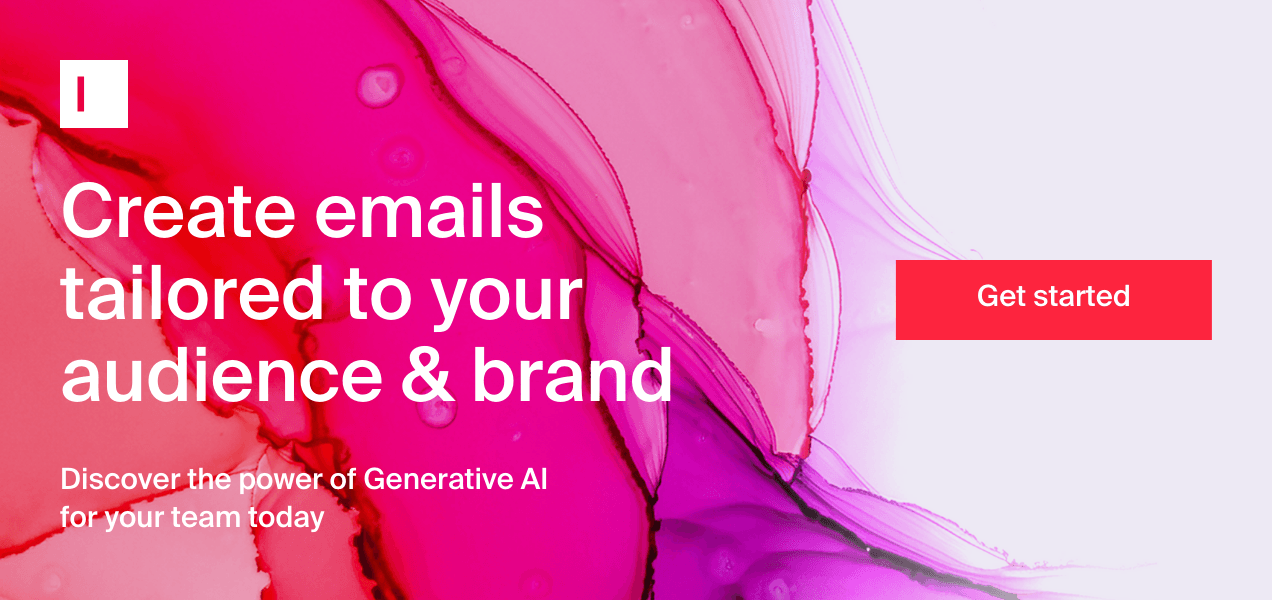
What is an AI email generator?
An AI email generator is a productivity tool that uses artificial intelligence to help marketers and teams create email content more efficiently. It assists users by automating the process of creating emails, suggesting improvements to existing email drafts, and enabling personalization at scale.
Typeface Arc is an adaptive AI storyboarding platform that fundamentally reimagines email campaign development. It can help you create segment-specific email journeys—from single-touch campaigns to complex, multi-stage customer communication strategies. Arc gathers all the necessary context (including brand guidelines, market research, audience data, and existing content) from your brand’s Hub to create the most relevant emails. This makes it easier for teams to design, refine, and publish emails campaigns.
Typeface also offers a “Marketing Email” template for custom email content generation. In addition to this template, there are advanced AI content repurposing tools that allow you to convert your existing marketing assets into popular email formats, all while keeping your brand style consistent.
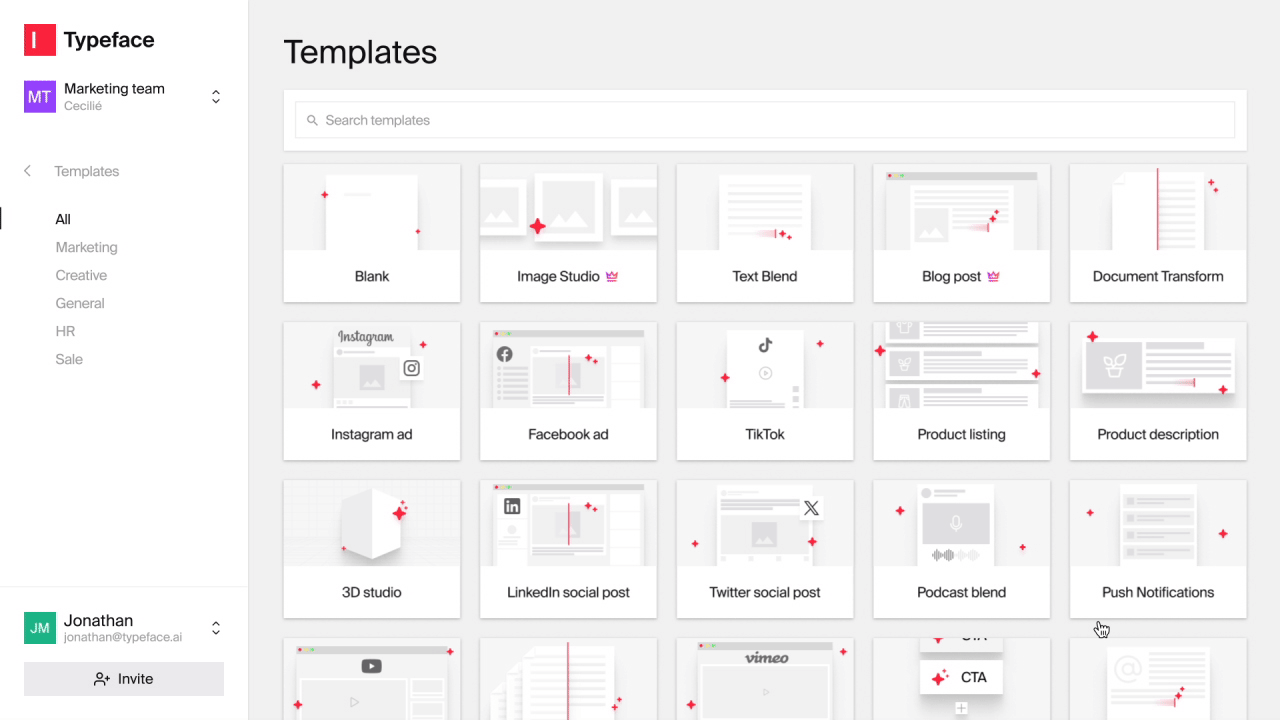
For publishing emails, the platform offers integrations with platforms like Mailchimp, Marketo, Klaviyo and HubSpot.
Marketing email examples to inspire you
Whether you're aiming to inform, persuade, or build relationships, it's important to choose the right email format for your goals. Here are some common types of marketing emails, along marketing email examples for each category:
1. Product launch emails
Product launch emails are designed to announce the release of a new product to your current customers, prospects, partners, and industry influencers. These emails give you the opportunity to shape the narrative and ensure your target audience gets a clear and engaging introduction to your latest product. You can send these emails on the launch day, beforehand to build excitement, or afterward to keep the momentum going.
Here are some of the key elements of product launch emails:
A powerful headline can help cut through the noise and draw people in.
Once you've captured their interest, organize the content into easily digestible sections with subheadings to make it much more scannable and readable for your audience. Within those sections, highlight the key benefits and differentiators of the new product or service clearly and persuasively.
High-quality visuals that showcase the product in an appealing, professional way can make a huge difference.
Consider including testimonials, reviews, a video demo, or a link to a live launch event to enhance the credibility and appeal of your offering.
Ensure your email has a clear call-to-action so readers know what to do next.
Here’s an example of a marketing email from automobile manufacturer Nissan introducing a new car model. It leads with the high-impact announcement "The Icon Has Arrived" to create a sense of excitement and exclusivity around the model. The copy then provides just enough detail on the vehicle's "incredible power and limitless capabilities" to pique the reader's interest, without overwhelming them with technical specs.
Beyond the core content, the visuals in this email are also well-executed. The sleek, high-quality product photography and clean, modern design aesthetic align with the premium positioning of the brand.
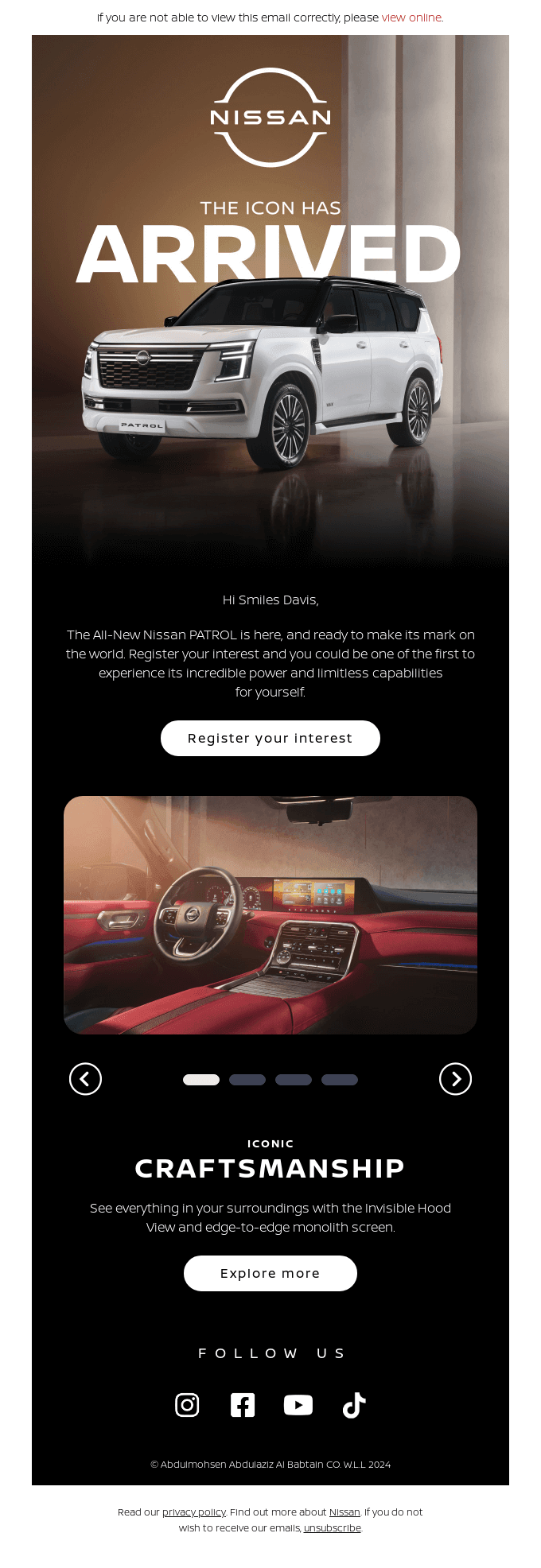
The email also includes a clear next step for the reader - "Register your interest" - making it easy for them to take the desired action.
2. Nurture emails
Nurture email campaigns help guide prospective customers through the sales funnel by delivering personalized, value-driven content at each stage of their buyer's journey. By delivering relevant content at the right time, nurture emails help in building a connection, so when the lead is ready to decide, they feel confident choosing your brand.
A good nurture email should ideally have:
Short, attention-grabbing subject lines that entice the reader to open the email.
Personalized content that speaks directly to the recipient's interests. Each email must function as a strategic narrative arc, progressively revealing how your solution solves the prospect’s most urgent problems.
Valuable information—like industry tips, insightful perspectives, or solutions to common challenges—helps establish your company as a trusted expert.
Testimonials, case studies, success stories, or statistics that demonstrate the effectiveness of your solution.
A CTA that aligns with the email’s goal.
This email sequence from Typeform incorporates several best practices for effective nurture email campaigns. The first email introduces Typeform's core value proposition in a clear, concise manner - "Create forms that deliver better data." This speaks directly to the pain points of Typeform's target audience, who are likely seeking ways to optimize data collection and gain deeper insights from customer interactions. The email then proceeds to highlight specific product features that address these needs. It also encourages the reader to "Get better data" and "Create your form," which are clear calls-to-action that helps move the lead closer to conversion.
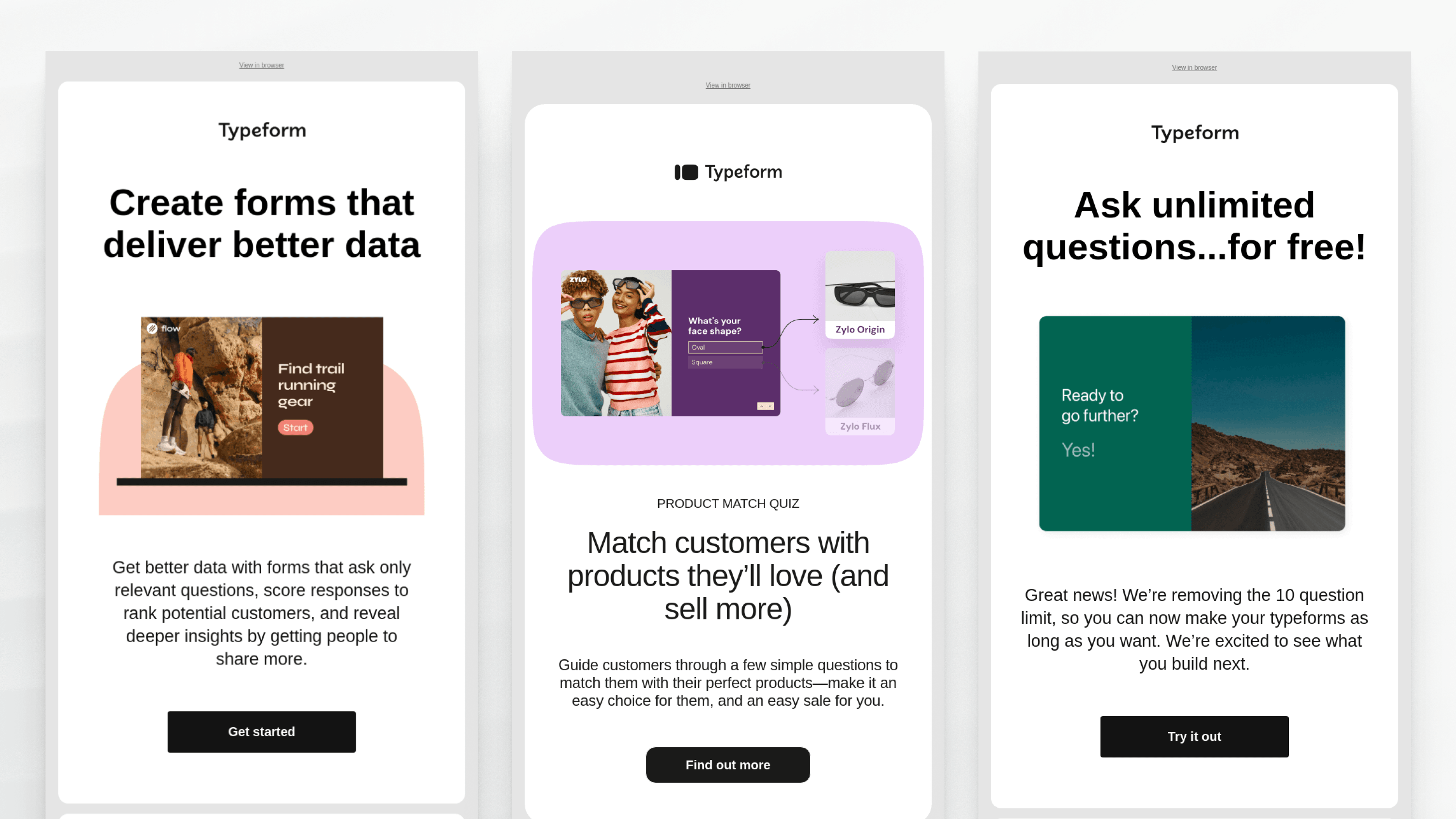
The subsequent emails in the series continue to nurture the lead by offering templates and suggesting different use cases for Typeform's product. This demonstrates a deep understanding of the customer's challenges and how their solutions can solve them.
By delivering a steady stream of relevant, value-added content in this nurture sequence, Typeform builds trust, credibility and alignment with the prospect's specific needs.
3. Re-engagement emails
Maintaining an engaged subscriber base is a constant challenge for most marketers. Over time, even the most enthusiastic subscribers can become disinterested or distracted, which can lower engagement rates and increase unsubscribes. Re-engagement emails try to bring these inactive subscribers back by highlighting your brand's value and encouraging them to reconnect through your content. The key is to craft an email that reminds them of the unique value and benefits they stand to gain by reconnecting.
Here are the key elements of a well-designed re-engagement email:
It should start by capturing the subscriber's attention with a personable, catchy subject line.
The body of the email must clearly articulate the brand's unique selling points and how the subscriber uniquely benefits from staying engaged.
Providing an exclusive offer or incentive in the email can be a great way to entice subscribers to re-engage.
It’s a good idea to incorporate social proof, like a glowing customer testimonial, to reinforce the brand's value proposition and build trust with wary subscribers.
A clear, frictionless CTAs that make it easy for the subscriber to re-engage.
This email from EXOH serves as an excellent example of a well-crafted re-engagement campaign. Rather than a dry, formal tone, the email adopts a friendly, conversational style that feels authentic and relatable. The question "Did you get distracted by something shiny?" establishes a playful rapport with the recipient. It also reduces any defensiveness the subscriber may feel about their disengagement.
Moving onto the body of the email, it doesn't simply highlight generic product features but specifically emphasizes the "more than just moisturizing" qualities of EXOH's lip balms. The inclusion of a glowing customer testimonial from "Jules" provides powerful social proof to reinforce the product benefits.

The email doesn't leave the next steps ambiguous - it directly encourages the prospect to purchase the lip balms with prominent "I want it" buttons. This direct CTA provides a clear, frictionless path for the subscriber to re-engage.
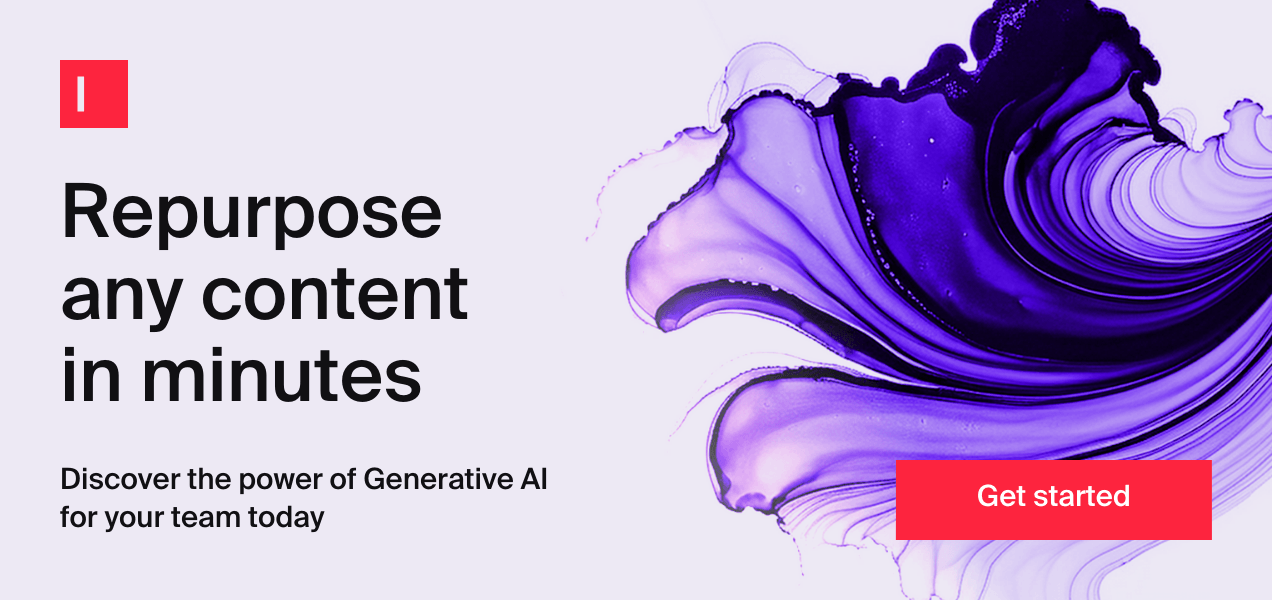
4. Event promotion emails
Event promotion emails are meant to inform recipients about upcoming events, generate interest and encourage attendance. These emails serve as the primary vehicle for informing the target audience about the event details and generating interest.
A well-crafted event promotion email should:
Start by clearly outlining the core purpose and value proposition of the event.
Highlight the key details about the event itself - the date, time, format (webinar, in-person, etc.), agenda topics, and featured experts.
Testimonials, past event success stories, and other social proof can be a major driver of registrations.
Event banners, speaker images, and venue photos can also help create excitement and provide a glimpse of what attendees can expect.
The CTA should make it as easy as possible for the recipient to take the next step, whether that's registering, checking out the event website, or sharing the event with colleagues.
This email from Greenhouse is a good example of how to effectively promote an upcoming event to drive attendance and engagement. The title "Modern Recruiter" signals that the email is designed for modern recruiters looking to improve their hiring practices.
The body of the email then goes on to provide comprehensive details about the event. It covers the date, time, format (webinar), speaker lineup, and agenda topics - all of which are relevant details that audiences will want to understand before deciding to attend. The email also includes testimonials and past event success stories, which help build credibility and excitement around the event.
The CTA is clear and prominent, with multiple options for the recipient to register or learn more. Finally, the email closes with an invitation to share feedback or ask questions, demonstrating the brand’s willingness to tailor the event experiences based on attendee needs and interests.

5. Feedback request emails
Feedback request emails are typically sent to gather input or opinions about a product, service, or experience. Unlike generic customer satisfaction surveys, these targeted emails allow you to directly engage your most valuable users and get their candid input on what's working well and what could be improved.
These types of emails typically include the following elements:
They start by expressing gratitude to the recipient for their recent purchase or purchase. This is followed by a brief explanation of the purpose of the feedback and how it will be used for improvement.
Including clear instructions on how to provide feedback, like a link to a survey or specific questions to answer, can make it easier for recipients to respond.
To encourage participation, mention any incentives for providing feedback, like discounts, promotional offers, or anything else.
The example email from Miro does a nice job hitting the key elements of an effective feedback request. It's upfront about the goal - to understand what Miro functionality matters most to users and their work. Next, they provide clear instructions on how to participate in the 4-minute survey. This makes it easy for recipients to provide their input without a lot of friction. The email also includes an incentive for completing the survey, which can help drive higher participation rates.
The overall tone of the email is friendly and appreciative, thanking the recipient upfront for their time and collaboration.
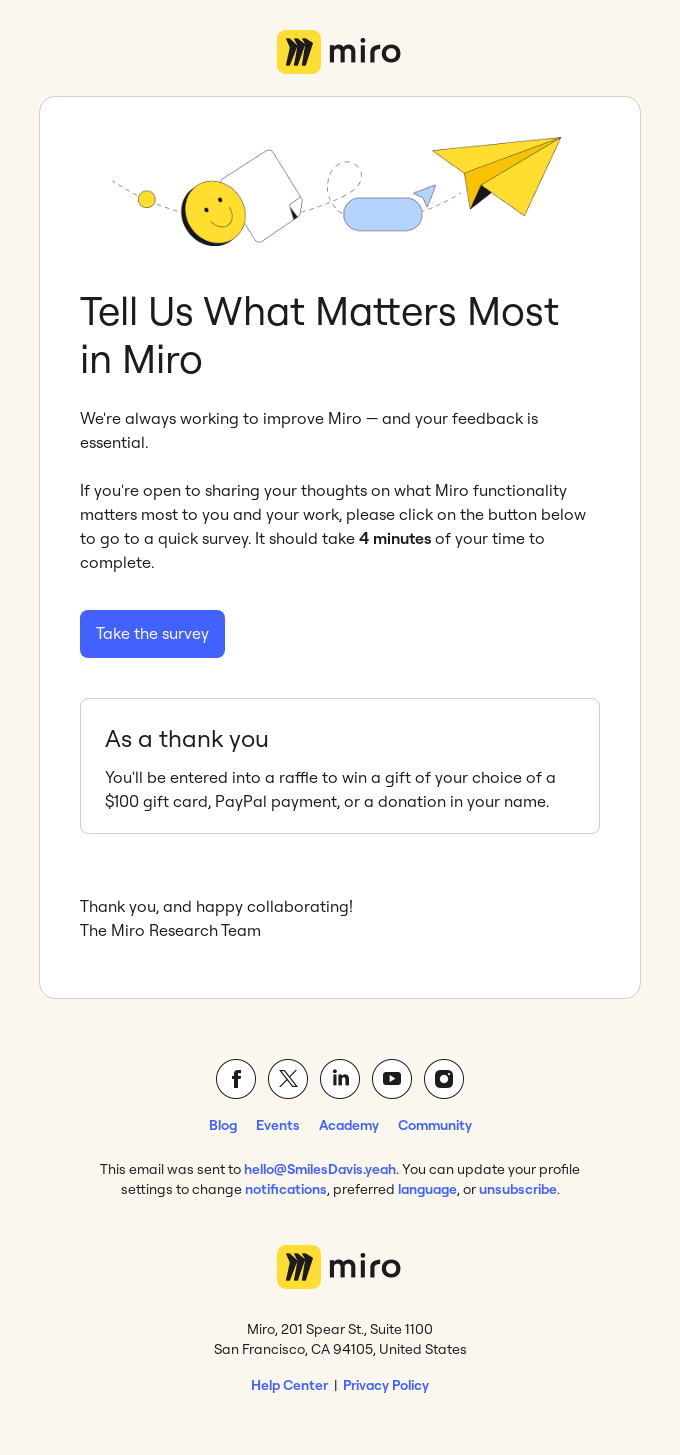
How to use AI email generator to create marketing emails
Creating emails the traditional way takes a lot of time, slowing down marketing teams and affecting how quickly they can test and optimize different versions of emails. As a result, are perpetually caught in a cycle of manual iterations, burning precious hours on repetitive copywriting tasks. The result? Missed optimization opportunities, which in turn affects campaign performance. Typeface's AI content platform addresses these problems. This platform dynamically produces multiple email variants—from compelling headlines to nuanced copy—enabling marketers to execute sophisticated A/B testing strategies without stretching their resources.
Here’s a quick guide explaining how it works with Typeface Arc:
Step 1. Setup your Typeface account: Start by setting up your account to make email content creation easier. Configure your Brand Kit Image Styles, set a distinct voice for marketing emails, and upload your brand's HTML email template. You can also import or create audience segments to target specific recipients.
Step 2. Create your marketing email campaign: Once you completed the initial setup, you can start designing your email campaign. This involves a few simple steps.
1. Navigate to Arc and select the ‘Single Touch Email Campaign’ option to choose between a Newsletter or Promotional campaign.
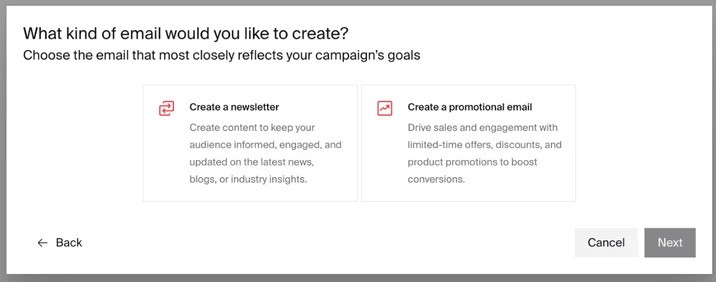
2. Provide campaign details, such as objectives, the theme/subject of the campaign, any offers, and approved taglines or brand messages. To provide additional context in the form of campaign briefs, product descriptions, and other resources, you can add both text and links.
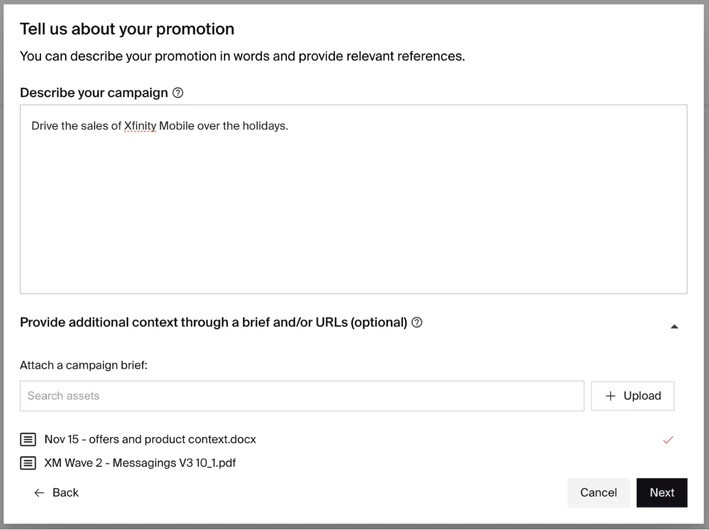
3. Confirm your brand personalization settings to ensure accuracy in email messaging.
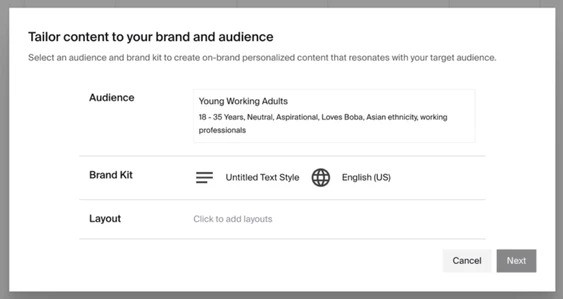
4. Set up personalized email templates by working with your Customer Success Manager on Typeface. Once that us se tup, choose one that works for your email campaign.

5. Review campaign themes generated by Arc based on the provided context, offers, audience and brand information. These themes serve as the final step before you generate your emails.
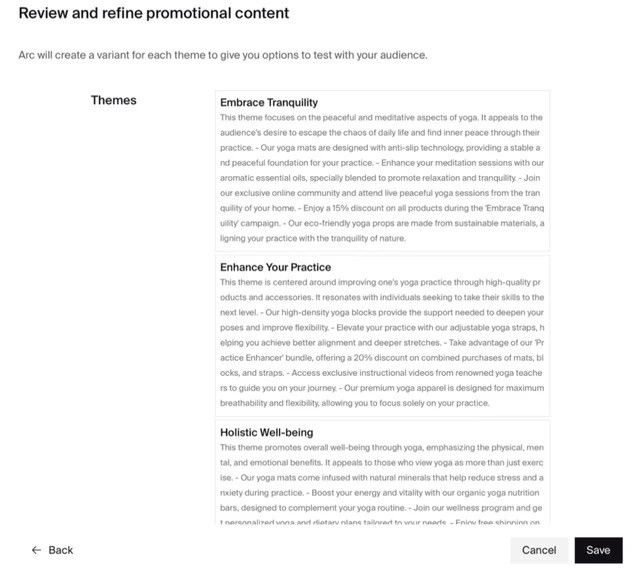
Upon finalizing themes, Arc will generate the emails, typically within 3-5 minutes.
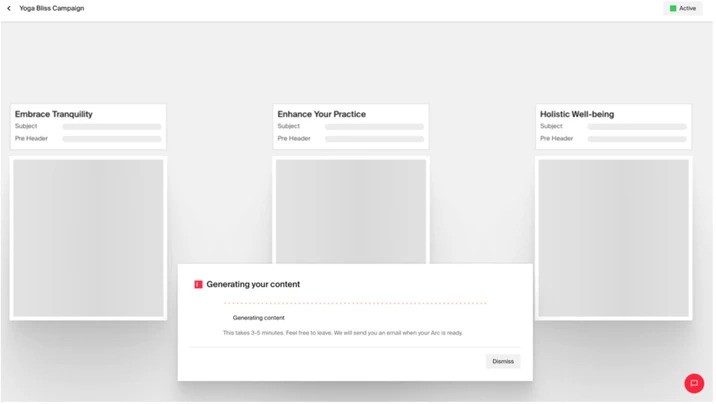
Step 3. Editing the email content: Once your email is generated, switch to Edit mode to review and adjust the content. You can explore different text variations, tweak subject lines, refine text with AI, and make changes to images. Click "Generated options" in the header to view more email variations. To change the structure, check the key elements in "Arc settings" and generate again for updated versions. For creating image variations, input AI image prompts for new images, adjust brand kit settings, or edit the image.
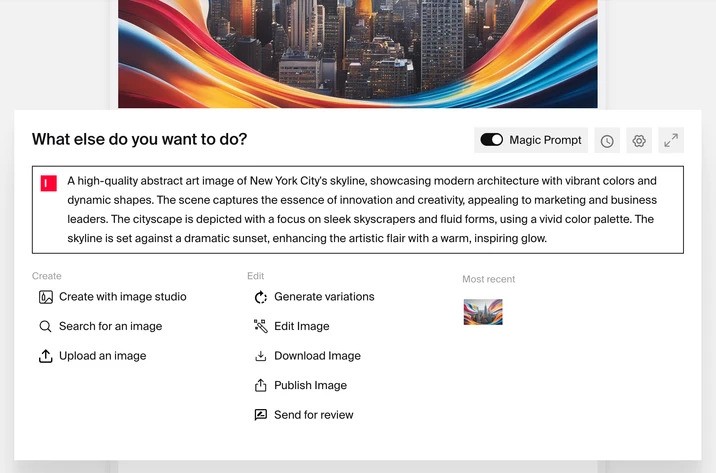
Step 4. Publish your emails: Once approved, publish emails via connectors like Marketo or Mailchimp, or download them as HTML.
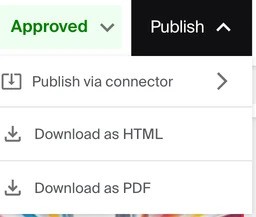
Enhance your email marketing campaigns with AI
The marketing email examples we've analyzed in this blog demonstrate that email communication isn't about volume—it's about value-driven, personalized interactions that drive measurable business outcomes. Each email touchpoint—whether a welcome sequence, product launch, or re-engagement campaign—represents a critical opportunity to deliver targeted value and reinforce your brand's strategic positioning. And by leveraging Typeface’s AI-powered email generation, marketing teams can transcend traditional content constraints, and make the most of:
Hyper-personalization that speaks directly to individual personas
Dynamic content optimization for A/B testing and improving campaign effectiveness
Scalable communication strategies that maintain brand consistency and relevance
Typeface's advanced AI doesn't just automate content—it intelligently crafts communications that convert, engage, and accelerate revenue growth. Start a free trial today and drive more conversions with your email marketing campaigns.
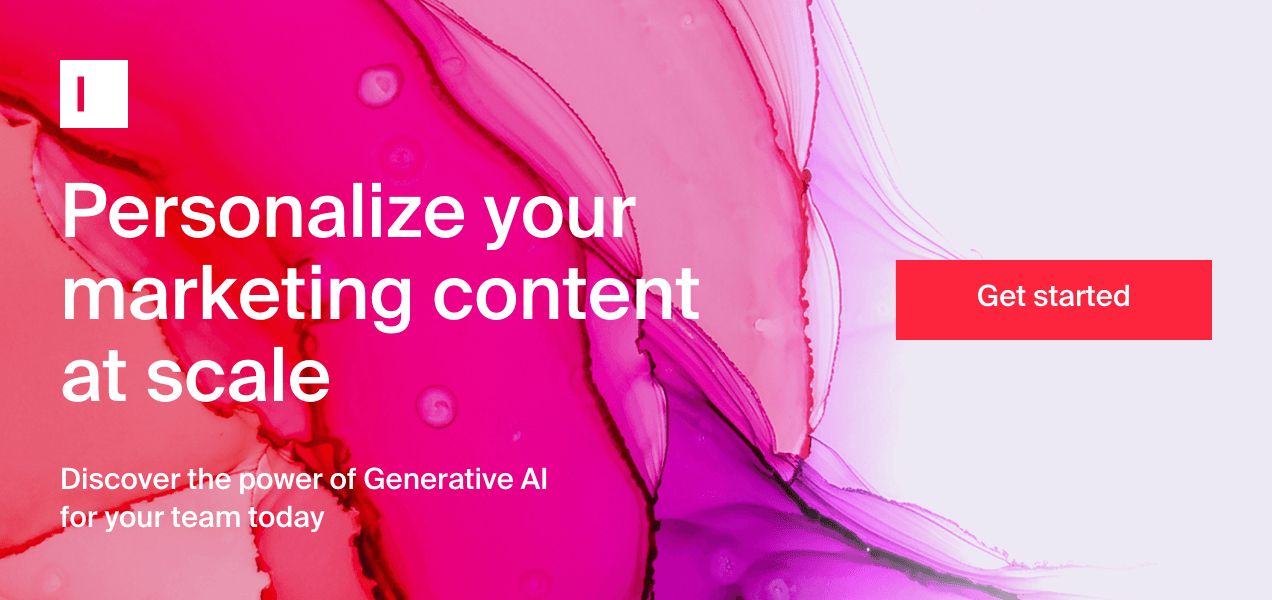
Share
Related articles
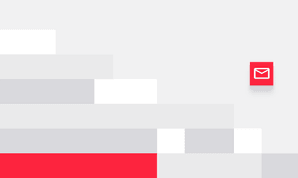
AI at Work
40+ AI Email Prompts for Writing Marketing Emails That Drive Conversions

Akshita Sharma · Content Marketing Associate
January 8th, 2025 · 17 min read
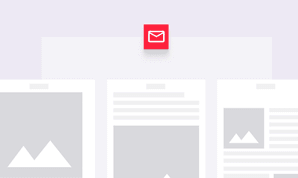
AI at Work
How to Use AI Email Generators for Marketing and Sales – A Complete Guide on AI for Email Writing

Akshita Sharma · Content Marketing Associate
December 5th, 2024 · 10 min read
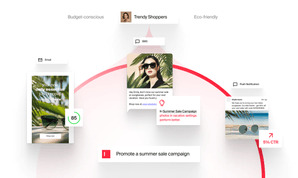
Product
Introducing Typeface Arc: The Next Chapter in Storytelling for the AI Era

Abhay Parasnis · Founder and CEO
May 8th, 2024 · 7 min read